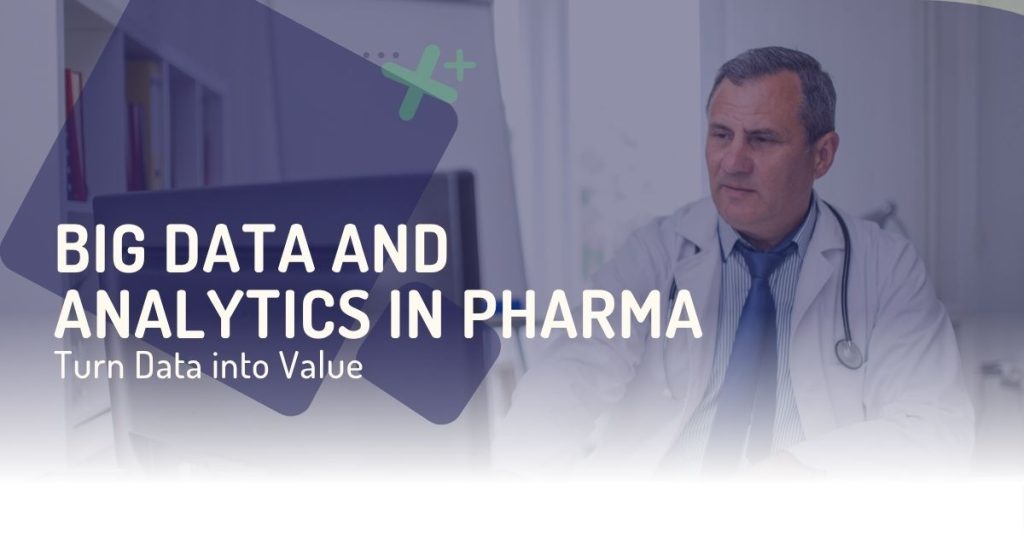
How Big Data Analytics Can Revolutionize the Pharmaceutical Industry
Introduction to Big Data in Pharma
In the pharmaceutical world, data comes from a wide range of sources: manufacturing processes, quality control, inventory levels, storage temperatures, orders, and deliveries. This is the core of the “big data pharma” concept: massive volumes of information that, when managed correctly, turn into tangible, strategic decisions.
A data-driven strategy is only costly if it’s missing. Yet many companies still fail to harness its real potential: the data exists, but remains siloed and unused.
Why Focus on Pharma Analytics in the Supply Chain
When it comes to the pharmaceutical supply chain, the benefits of analytics are clear.
First, with an integrated system collecting real-time data (stock levels, consumption, expiry dates, replenishment times), you can build accurate forecasting. A well-trained predictive model can anticipate stock shortages, production anomalies, or logistical delays—dramatically reducing the risk of stockouts and waste. Studies show that end-to-end visibility combined with predictive analytics can reduce inventory levels by up to 20% and nearly eliminate stockouts.
Second, implementing predictive analytics in pharma supply chains helps anticipate critical variables in manufacturing and transport. IoT sensors and continuous batch tracking, combined with machine learning models, allow early detection of failures or deviations before they affect quality or safety.
Finally, a data-centric supply chain is more resilient and flexible: it can better absorb global shocks (pandemics, logistical disruptions, seasonal shifts) because it runs on verified data, accessible to all stakeholders—from suppliers to patient delivery.
Simple (Yet Powerful) Technologies to Deploy
To enable these processes, companies are turning to solutions that combine:
- pharmaceutical data science: using machine learning algorithms to forecast inventory needs, supply trends, and consumption patterns;
- pharma artificial intelligence: employing knowledge graphs to integrate operational and logistics data, revealing hidden patterns that support smarter decisions;
- cloud analytics and data lakes: centralizing information from ERP, LIMS, warehouse management systems, and transportation platforms to eliminate information silos.
Pharma Supply Chain: the Profiter’s Role
Numerous case studies show the effectiveness of an analytics-driven approach in pharma logistics. Healthcare organizations that integrate IoT data and predictive analytics report faster deliveries and significantly reduced waste.
This is where Profiter steps in—with technology purpose-built for the pharmaceutical logistics sector:
- pipelines that collect data from ERP systems, warehouse software, and IoT sensors, aggregating it in real time;
- predictive models that detect stock level deviations and anticipate shortages or surpluses;
- intuitive dashboards, always up to date, with automated alerts for anomalies, commercial opportunities, and visual performance indicators;
- integrated data governance, with metadata catalogs and automated quality checks ensuring GDPR compliance.
One of our case studies showed results like:
→ Up to 75% increase in operational efficiency
→ 17% reduction in average stock levels
→ 80%+ decrease in stockout cases
These numbers translate into freed-up capital, reduced waste, and guaranteed delivery performance.
Tips to Launch a Successful Strategy
If you’re looking to optimize your supply chain with pharmaceutical analytics, the best approach is to partner with a specialized company like Profiter. Here’s a simple, actionable path:
- start with a pilot: Choose one product batch or specific process where you already have data, and build a first predictive model;
- engage the right people: Make sure warehouse managers, logistics, QA teams, and IT collaborate to structure the data and read the outputs;
- visualize early wins: Set up simple dashboards with automated alerts to clearly track performance;
- automate step by step: Once the pilot proves value, scale with predictive alerts, automatic restocking, and proactive reports;
- ensure governance and compliance: Assign clear data ownership, guarantee traceability, and ensure readiness for audits and regulatory checks.
Conclusioni
Focusing on the pharmaceutical supply chain is a smart strategic move: it frees up capital, reduces waste, mitigates the risk of stockouts, and increases resilience to disruption. At the core of this transformation is pharma analytics applied to big data.
That’s where Profiter makes a difference—bringing tailor-made technology for inventory, quality control, and forecasting.
Pharmaceutical data science isn’t about adding complexity. It’s about making everyday work simpler, safer, and more efficient.
